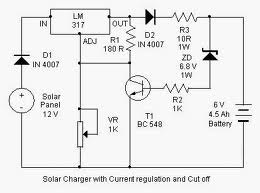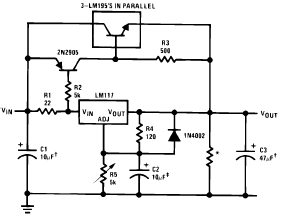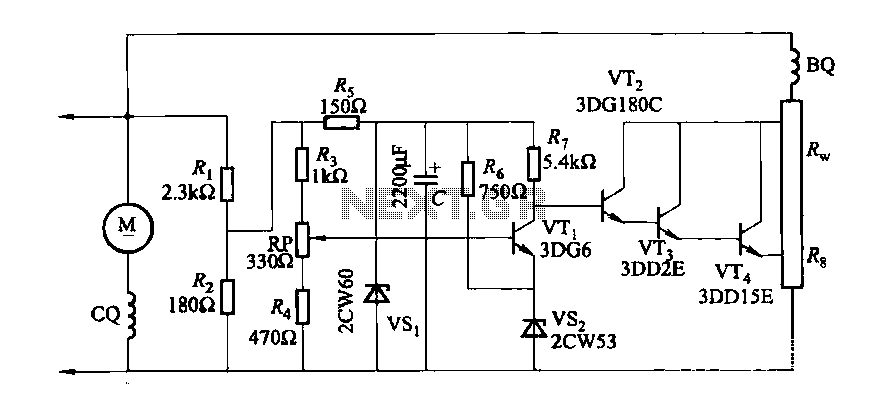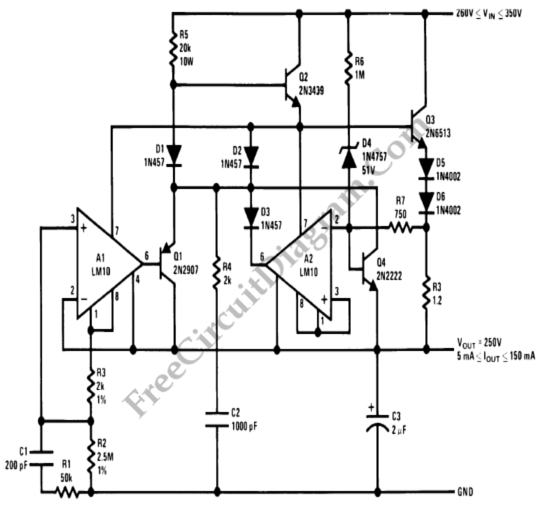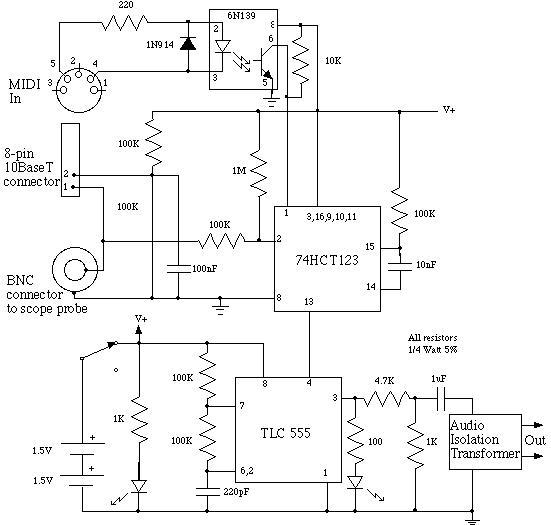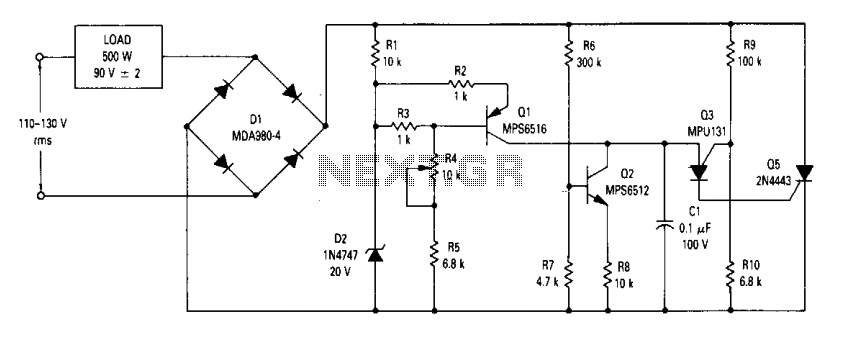
Lead-Acid-Battery Regulator For Solar Panel Systems

The design of solar panel systems with a lead-acid buffer battery is typically configured to ensure that the battery remains charged even during periods of limited sunlight.
Solar panel systems integrated with lead-acid buffer batteries are designed to optimize energy storage and utilization, particularly in environments where sunlight may be intermittent. The configuration of these systems typically includes solar panels, a charge controller, a lead-acid battery, and an inverter.
Solar panels convert sunlight into electrical energy, which is then directed to the charge controller. The charge controller plays a critical role in regulating the voltage and current flowing from the solar panels to the battery, ensuring that the battery is charged efficiently while preventing overcharging that could damage the battery.
In scenarios of low sunlight, the system is designed to maintain the battery's charge through various strategies, such as utilizing energy stored during sunnier periods or implementing smart charging techniques that optimize the charging process even with minimal input. The lead-acid battery serves as a buffer, storing energy for use during cloudy days or at night, thus ensuring a consistent power supply.
In addition, the inverter converts the stored DC (direct current) power from the battery into AC (alternating current) power, which is suitable for most household appliances. This ensures that the energy harvested from the solar panels can be used effectively, regardless of the time of day or weather conditions.
Overall, the integration of a lead-acid buffer battery in solar panel systems enhances energy reliability and efficiency, making it a popular choice for off-grid applications and areas with variable sunlight availability.The design of solar panel systems with a (lead-acid) buffer battery is normally such that the battery is charged even when there is not much sunshine. Thi.. 🔗 External reference
Solar panel systems integrated with lead-acid buffer batteries are designed to optimize energy storage and utilization, particularly in environments where sunlight may be intermittent. The configuration of these systems typically includes solar panels, a charge controller, a lead-acid battery, and an inverter.
Solar panels convert sunlight into electrical energy, which is then directed to the charge controller. The charge controller plays a critical role in regulating the voltage and current flowing from the solar panels to the battery, ensuring that the battery is charged efficiently while preventing overcharging that could damage the battery.
In scenarios of low sunlight, the system is designed to maintain the battery's charge through various strategies, such as utilizing energy stored during sunnier periods or implementing smart charging techniques that optimize the charging process even with minimal input. The lead-acid battery serves as a buffer, storing energy for use during cloudy days or at night, thus ensuring a consistent power supply.
In addition, the inverter converts the stored DC (direct current) power from the battery into AC (alternating current) power, which is suitable for most household appliances. This ensures that the energy harvested from the solar panels can be used effectively, regardless of the time of day or weather conditions.
Overall, the integration of a lead-acid buffer battery in solar panel systems enhances energy reliability and efficiency, making it a popular choice for off-grid applications and areas with variable sunlight availability.The design of solar panel systems with a (lead-acid) buffer battery is normally such that the battery is charged even when there is not much sunshine. Thi.. 🔗 External reference
